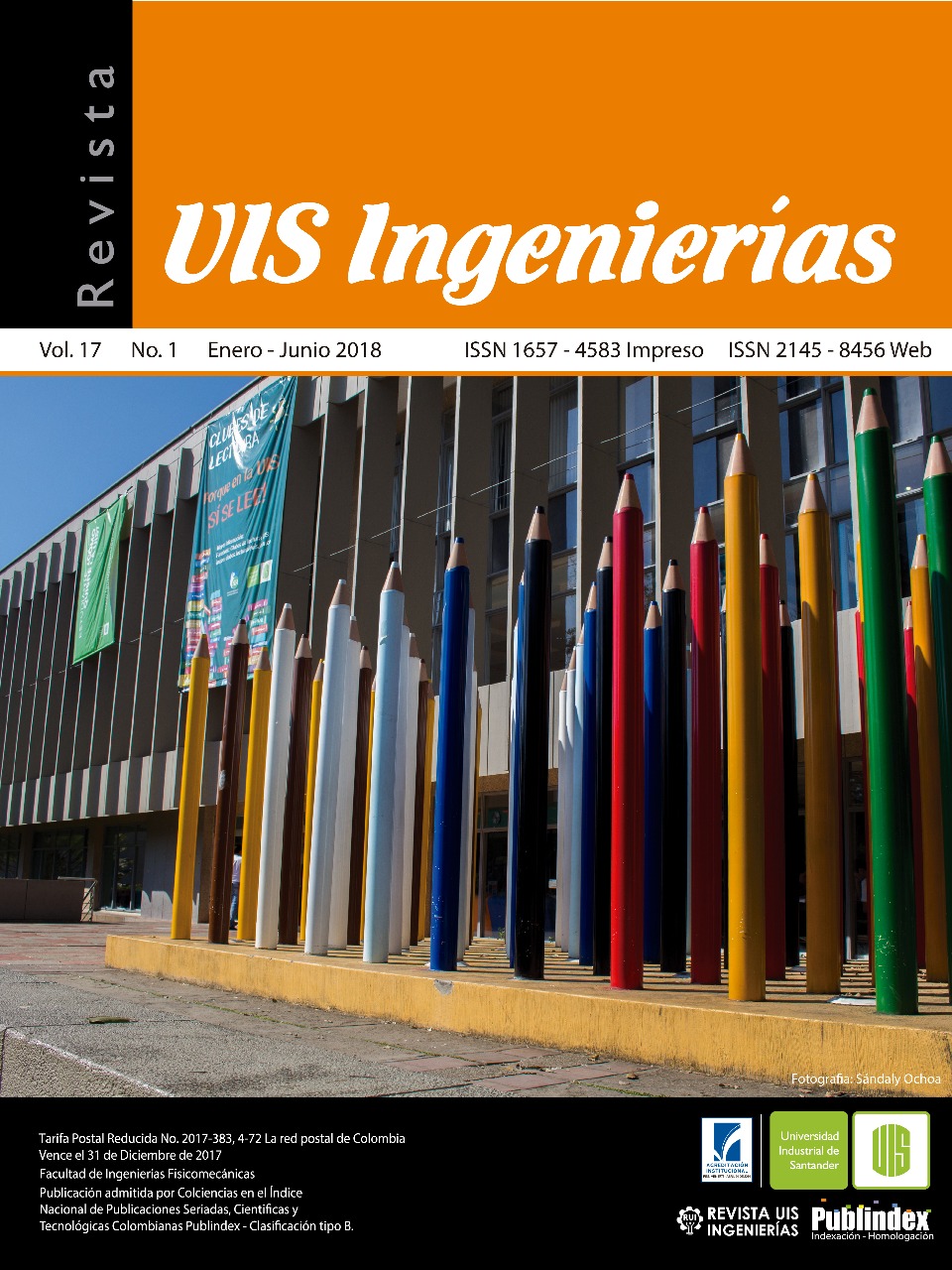Articles
Differential equations of classical physics. Interpretation and solution through systems dynamics
Published 2018-01-08
Keywords
- Differential equations,
- classic physics,
- system dynamics
How to Cite
Orlandoni-Merli, G., & Ramoni-Perazzi, J. (2018). Differential equations of classical physics. Interpretation and solution through systems dynamics. Revista UIS Ingenierías, 17(1), 51–58. https://doi.org/10.18273/revuin.v17n1-2018005
Abstract
Linear and nonlinear differential equations are mathematical instruments to study physical systems. In general, these equations can be analyzed and solved analytically by classical methods. In the case of complex nonlinear systems, numerical methods must be used for analysis and solution. Using Systems Dynamics (SD) methodology it is possible to represent, analyze and simulate the behavior of both linear and nonlinear physical systems. In this paper we consider some physical models using SD.
Downloads
Download data is not yet available.
References
I. Forrester, “Principle of Systems, Lexington,” USA: Mass, 1961.
R.M. May, “Simple Mathematical Models with very Complicated Dynamics,” Nature, vol. 261, pp. 459-467, 1976.
H.W. Lorenz, “Nonlinear Dynamical Economics and Chaotic Motion”, 2nd ed, Springer-Verlag, 1993.
G. Orlandoni, “Análisis Dinámico de Poblaciones Biológicas mediante Dinámica de Sistemas,” Economía, no. 13, pp. 115-146, Universidad de Los Andes, 1997.
G. Richardson, “Loop polarity, loop dominance, and the concept of dominant polarity,” System Dynamics Review, vol. 11, 1984. Reprinted, John Wiley, 1995.
J. Sterman, “Business Dynamics: Systems Thinking and Modeling for a Complex World,” McGraw Hill, 2000.
D. Zill, “A first course in Differential Equations, with modeling applications,” 10th ed, Cengage, 2013.
Vensim, Ventana System,PLE. 2017.
R. Macey y G. Oster, Berkeley Madonna, University of Berkeley, 2017.
Powersim, Powersim Studio 10, 2017.
H. Andrade y X. M. Navas, “Ingeniería de sistemas –Realidad Virtual y Aprendizaje,” Rev. UIS Ing., vol. 1, no. 1, pp. 3–9, 2002.
R.M. May, “Simple Mathematical Models with very Complicated Dynamics,” Nature, vol. 261, pp. 459-467, 1976.
H.W. Lorenz, “Nonlinear Dynamical Economics and Chaotic Motion”, 2nd ed, Springer-Verlag, 1993.
G. Orlandoni, “Análisis Dinámico de Poblaciones Biológicas mediante Dinámica de Sistemas,” Economía, no. 13, pp. 115-146, Universidad de Los Andes, 1997.
G. Richardson, “Loop polarity, loop dominance, and the concept of dominant polarity,” System Dynamics Review, vol. 11, 1984. Reprinted, John Wiley, 1995.
J. Sterman, “Business Dynamics: Systems Thinking and Modeling for a Complex World,” McGraw Hill, 2000.
D. Zill, “A first course in Differential Equations, with modeling applications,” 10th ed, Cengage, 2013.
Vensim, Ventana System,PLE. 2017.
R. Macey y G. Oster, Berkeley Madonna, University of Berkeley, 2017.
Powersim, Powersim Studio 10, 2017.
H. Andrade y X. M. Navas, “Ingeniería de sistemas –Realidad Virtual y Aprendizaje,” Rev. UIS Ing., vol. 1, no. 1, pp. 3–9, 2002.

